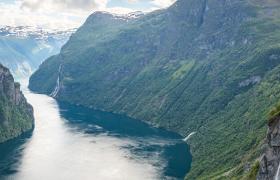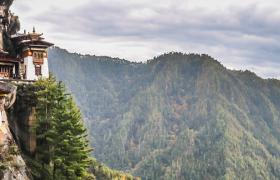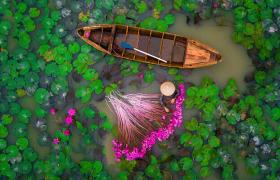South America is good at keeping a secret. While everyone knows about buzzing cities such as Buenos Aires and Rio de Janeiro, and magnificent monuments such as Machu Picchu, few people realise that the continent is offer some of the world’s best wildlife spotting.
From tropical rainforests and remote islands to vast mountain ranges and snowy plains, South America’s wildernesses are home to some of the world’s most unique wildlife. Try one of these unforgettable animal encounters with South American wildlife.
Monkeys in Amazon jungle.jpg
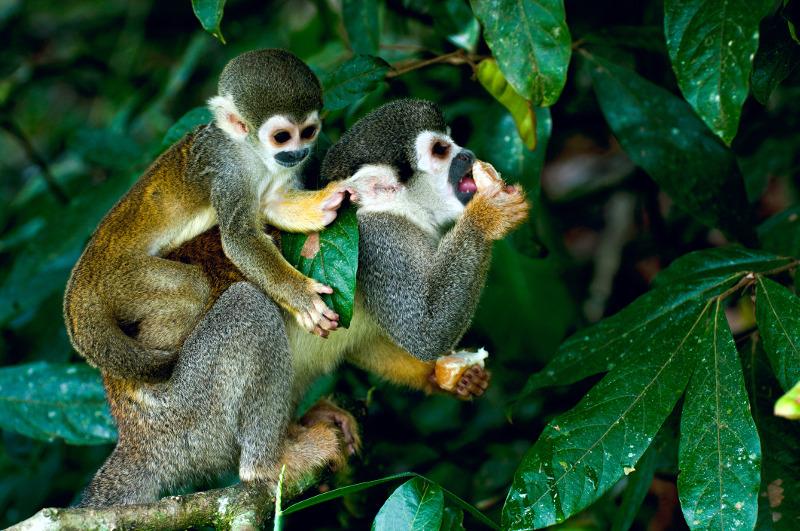
Monkey magic
South America’s best-known wilderness is, of course, the Amazon Rainforest, which sprawls across several countries and is home to one in ten known species on earth.
The dense jungle isn’t always the easiest place to spot wildlife; however, at Peru’s Tambopata National Reserve, you are guaranteed plenty of sightings. This biodiversity hotspot is known for its large monkey populations, ranging from small squirrel monkeys to the distinctive capuchin, large howler monkeys and colourful tamarins.
You can also count on spotting some of the area’s colourful birdlife, such as macaws, parrots, toucans and the wonderfully-named horned screamer. Keep your eyes peeled and you may even catch sight of some of the Amazon’s most elusive inhabitants, the giant river otters.
Penguins Patagonia.jpg

When size matters
South America’s other great wilderness couldn’t be more different from the Amazon. Located in the continent’s deep south, Patagonia is a place of towering snow-capped mountains and sweeping valleys. It is also home to an extraordinary array of wildlife.
For a one-of-a-kind experience, it is hard to beat a trip to the Valdez Peninsula to visit a colony of elephant seals, huge marine mammals that can weigh up to 3.5 tonnes. Equally memorable is the Magellan penguin colony at Punta Tombo Reserve, home to more than 500,000 birds. Stay alert as you travel through Patagonia: you are also likely to see Patagonian hares, the lama-like guanaco, and birds including petrels and skuas.
Galapagos tortise.jpg
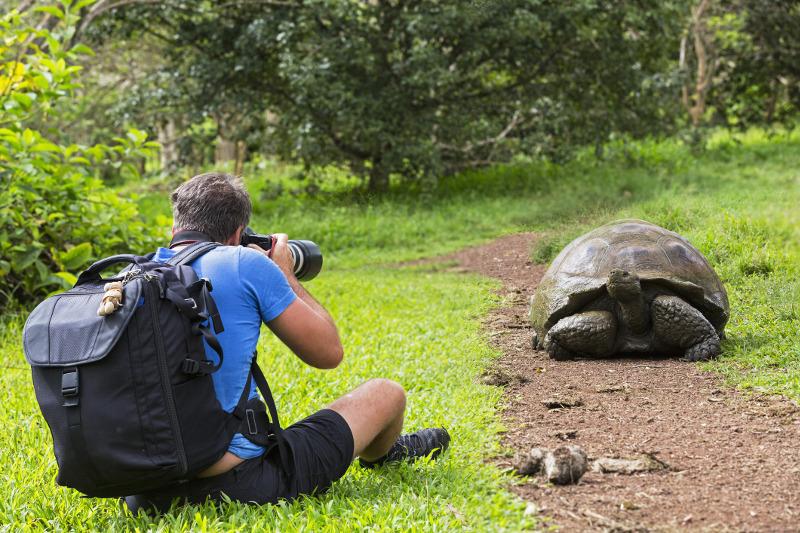
Island escape
South America’s most famous wildlife destination actually floats 1000km off the continent’s coastline. The Galapagos Islands have become known not just for the number of indigenous species that are found nowhere else in the world, but for the fact that the islands have no natural predators. As a result, the animals are unconcerned by the presence of humans, making it easy to get right up close to all sorts of creatures.
Our favourites include the extraordinary Galapagos tortoises, which weigh up to 300kg and can live to be 100 years of age. There are plenty of other unique specimens to discover on a Galapagos cruise, from sea lions and penguins to the remarkable flightless cormorants.
More Travel Inspiration from South America
How to Experience the Best of South America
Find the True Meaning of Travel in Peru
10 Things You Can Only Do in Rio
Condor South America.jpg
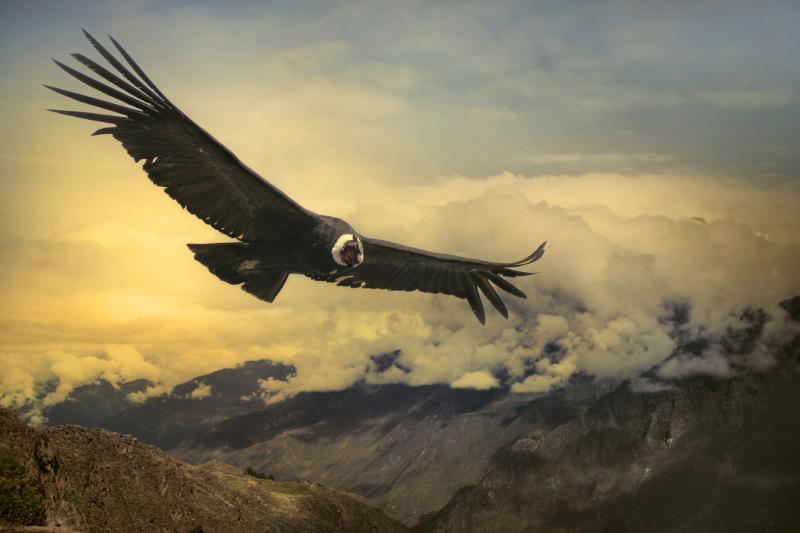
Flying high
Many of South America’s ancient civilisations revered the condor, and it’s easy to see why. With wingspans of more than three metres and weighing up to 15kg, these are some of the largest flying birds in the world.
To catch these elusive creatures in action, soaring on thermals around mountain peaks, head for the Mirador Cruz del Condor in Peru’s Colca Canyon, one of South America’s most dramatic destinations. Perching on a cliff edge and watching these birds glide past you is a hair-raising experience. For best viewing, time your visit between May and December.
Capybara and spider monkies.jpg
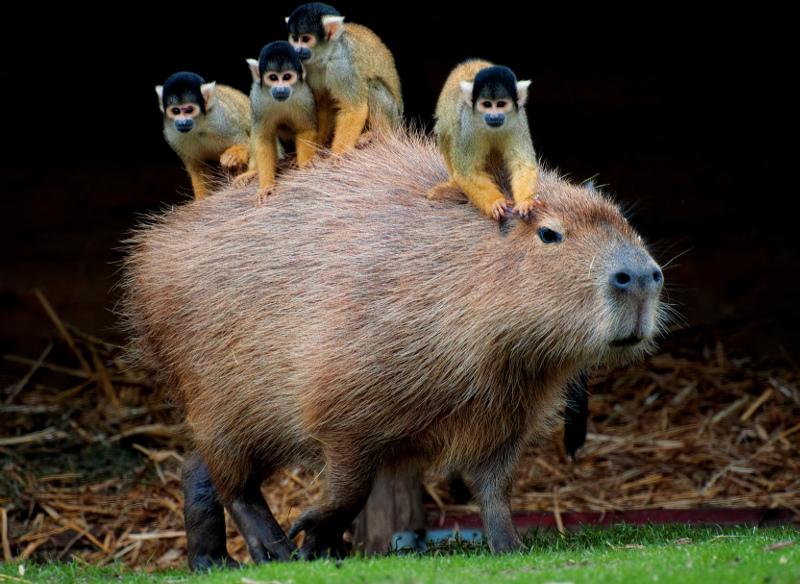
Wonderful wetlands
Visitors to the vast wetlands of the Pantanal in southwestern Brazil face a tough choice. Do you want to try and cross off as many of the area’s 1000 bird species as possible, or would you rather see some of the Pantanal’s other distinctive fauna? The wet season is prime time for bird spotting; the dry season, by contrast, is the best time to spy species as giant anteaters, capybaras, howler monkeys and sloths.
No matter when you travel, you are likely to see the area’s most fearsome inhabitant, the caiman, a relative of the crocodile. Once nearly hunted to extinction, these animals have made a major comeback, with some estimates putting the Pantanal population at a staggering 10 million beasts.






